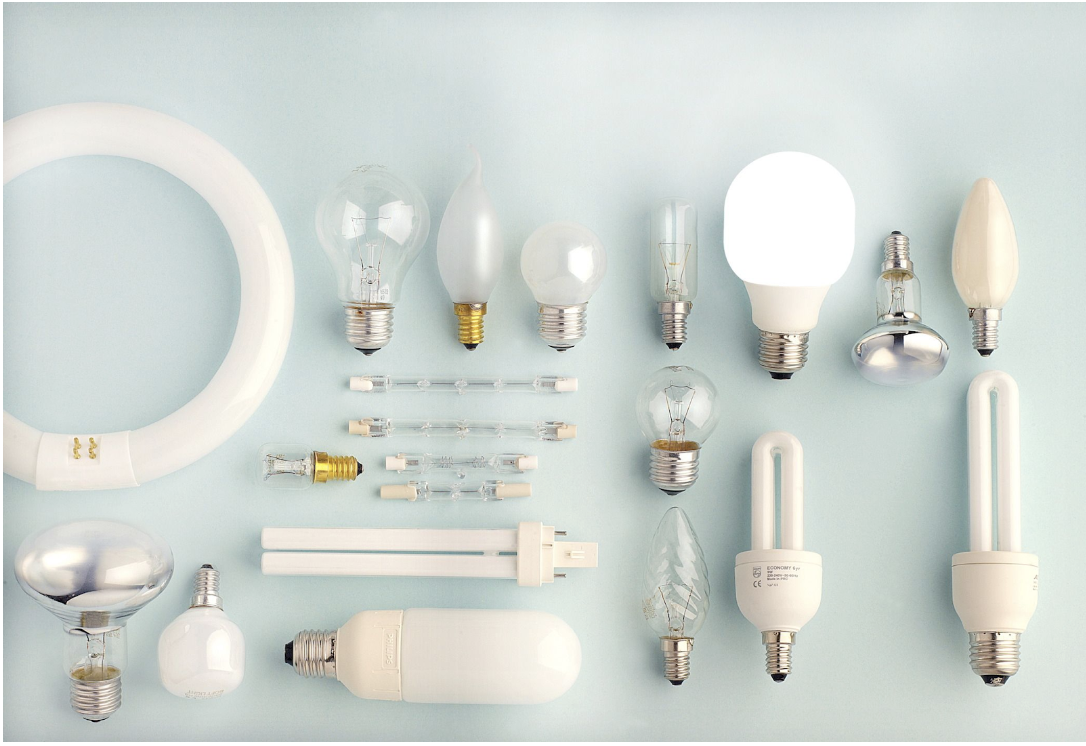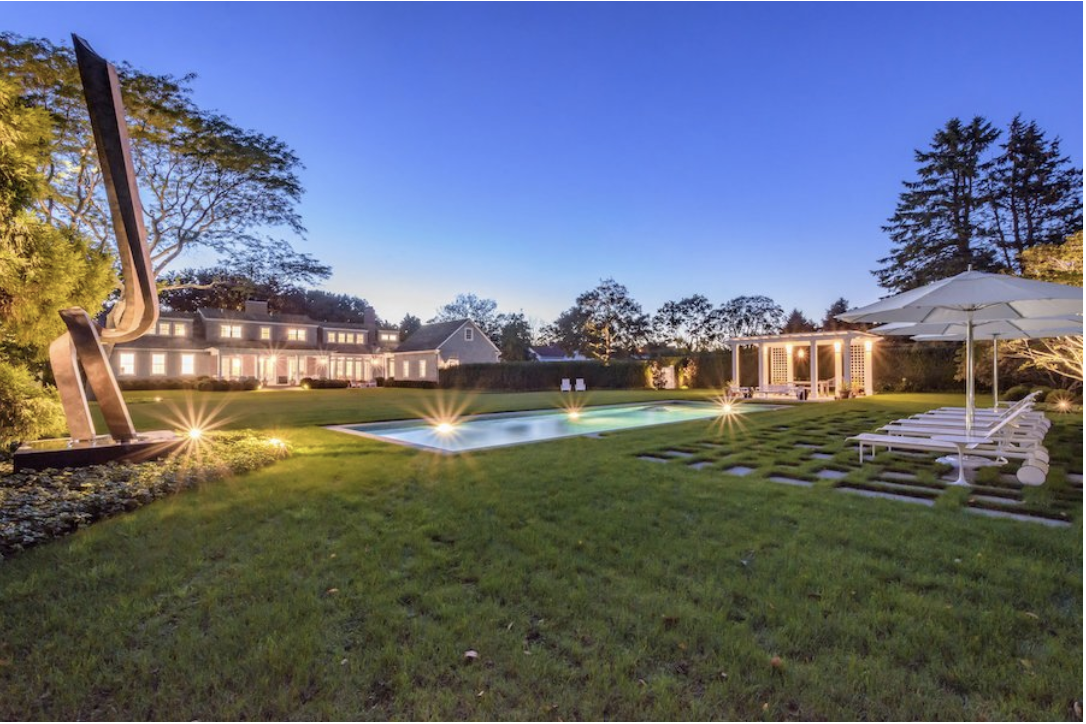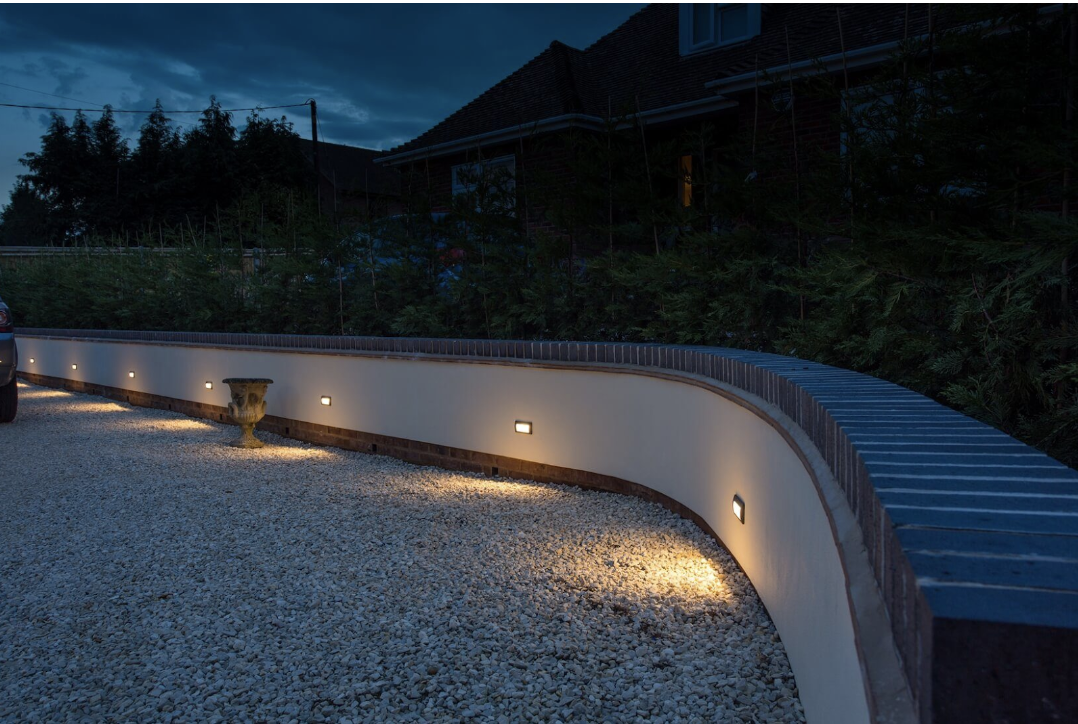Expert Insights: Guest Post Collection
Landscape Lighting Design: What to Look For
The Mintly Team
December 25, 2023When silence reigns supreme, the beauty of night extends beyond the starry sky to the well-planned landscape lighting. These landscape lighting designs light up the dark and infuse your space with a distinctive ambiance. However, you may wonder how landscape lighting design can achieve the optimal effects given the diverse layouts of buildings and their surrounding landscapes. To help you out, this post will delve into three essential details to be considered in landscape lighting design. With their help, your landscape lighting design is poised to be eye-catching!
What is Landscape Lighting Design
Landscape lighting design goes beyond illumination for parks, gardens, residences, and their surroundings. It is more about creating a unique ambiance to highlight specific landscape elements and enhance overall visual appeal through strategic lighting layouts at night.
Successful landscape lighting design requires on-site assessments and integration of user preferences. This involves manual drawings or landscape design software to blend natural features with the lighting environment. For landscape lighting design of buildings, home design software such as ZWCAD may be used to accentuate architectural elements instead.
However, the most important factors in design include the selection of light types, lighting techniques, and specific illuminated areas. Only when the three key elements are properly balanced can landscape lighting be created for safety and attraction. The following three lighting details also revolve around these aspects. Let’s read further and get more enlightening tips.
What Types of Lights Are Used for Landscape Lighting Design
The types of lights used to brighten specific areas are not fixed. It could be tall lampposts, in-ground lights, well lights, or even a mix to contrast light effects and highlight the landscapes. For the best landscape lighting design, try these different types of fixtures below in different spots depending on security and the environment.

- Spotlights: Spotlights are directional lighting fixtures, commonly used in garden shrubs or buildings. Common types include recessed spotlights installed in ceilings or walls and track spotlights that guide light along a track to different areas.
- Flood Lights: Floodlights are similar to spotlights but cover a wider area for safety. You can install wall washers and in-ground lights to highlight walls or pathways in a courtyard. Alternatively, use flood lights on the lawn to emphasize plant landscapes.
- Bollard Lights: Bollard lights are vertically installed on the ground, resembling a row of railings. With heights ranging between 40 to 44 inches, they are used to brighten pathways and the surrounding landscape, ensuring both pedestrian safety and aesthetic appeal.
- Post Lights: Post Lights can light up pathways, gardens, and courtyards. While often installed on pillars, their overall style and shape can be changed to blend with the landscape. They can even use waterproof materials to withstand various outdoor weather conditions.
- String Lights: String lights are often adorned in trees, railings, and windowsills as a decorative touch to the ambiance. With affordable and easy-to-customize features, they are well-suited for small shops or home use during festive celebrations.
- Fountain Lights: As the name suggests, fountain lights are specifically designed to illuminate fountain water features. Positioned at the base or around the fountain, they use various colors and light effects to attract visitors for an appealing visual display.
What Techniques Work for Landscape Lighting Design
On top of different lighting fixture selections, different lighting techniques applied in diverse landscapes are also superb ways to accentuate light and shadow. Meanwhile, these methods are more cost-effective compared with light purchases. For more specific lighting techniques, you can refer to the following.

- Spot Lighting: Spotlighting aims at a striking light and shadow contrast by using spotlights or floodlights to shine on specific areas of trees, flowers, or walls. It’s flexible and allows adjustments in the distance and angle of the light until the desired focused effect is achieved on the landscape.
- Uplighting: Placing well lights or in-ground lights beneath trees, sculptures, and flags, and directing light upward onto these landscapes. This is so-called uplighting. It can zoom in on the landscape structure to enhance visual effects.
- Moonlighting: Moonlighting generally places fixtures high in trees or buildings to simulate the soft moonlight enveloping the landscape and creating swaying shadows. It is quite fit for the garden and courtyard.
- Grazing: Grazing is a lighting technique that brings out texture and design details. It usually requires fixtures to be vertically mounted on smooth surfaces of buildings or sculptures, and can achieve different effects by adjusting the angle and position of the light source.
- Shadowing: Shadowing is also a form of directional lighting technique. It can create distinct shadows by placing fixtures in front of a landscape. For trees and sculptures with intricate structures, the shadow effects will be more interesting.
- Silhouetting: Contrary to shadowing, silhouetting positions fixtures behind the target landscape to outline its shape and curves while minimizing the showcase of details and colors.
- Path lighting: Path lighting is particularly designed to illuminate walkways or driveways. With lights on both sides of the path, this technique ensures ample brightness for a safe and easy passage.
Where to Illuminate with Landscape Lighting Design
With the insights gained from the light type selection and lighting techniques, you likely have a basic grasp of illumination areas. Now, scroll down to explore specific locations that are highly recommended for landscape lighting design.

- Pathways: Landscape lighting design is carried out with safety as a priority. Therefore, pathways in the vicinity of buildings or residences and traces in courtyards or gardens require illumination.
- Driveways: For safety as well, both sides of driveways need post or bollard lights with ample brightness. Doing so not only promotes faster and safer driving but also delivers more comfort thanks to a clear view of landscapes.
- Patios: If your dining, kitchen, or other living space features a patio, you may as well set the tone with string lights or moonlighting. This will make any gathering or dining truly enjoyable.
- Gardens: Illumination is essential for the garden. In-ground lights and Bollard Lights define the traces, while shadow and silhouette lighting stand out the beauty of flowers and trees, especially when a breeze blows.
- Waterscapes: Fountain or ponds are a great focal point. So it is suggested to add lights near them. What a fantastic landscape when light colors and sparkling waves intersect.
- Nearby House: To eliminate visual blind spots around your house, consider installing low-energy LED fixtures in the vicinity. This ensures safety and provides convenience for passersby.
Wrap Up
Now that you’ve learned about landscape lighting design from the perspectives of light selection, lighting techniques, and illuminated areas, you can use these tips to kickstart your planning and setup. Alternatively, treat them as a basis when hiring a landscape lighting designer. Hope all the information can help you create a distinctive and personalized landscape lighting scheme.
All Tags
